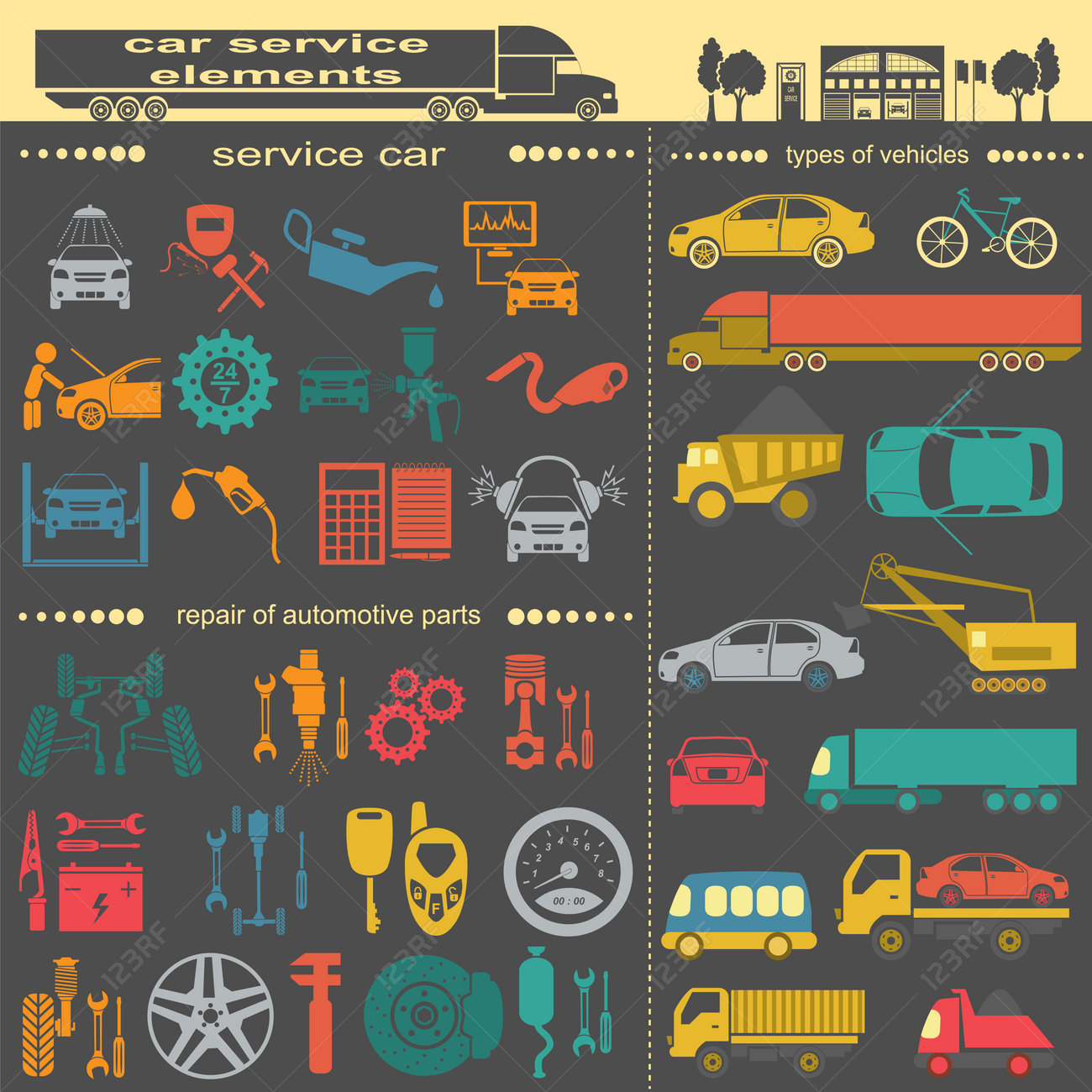Analyzing Your Car'S Alert Lighting: Their True Effects
Analyzing Your Car'S Alert Lighting: Their True Effects
Blog Article
Authored By-Samuelsen Stark
When you're behind the wheel, those beautiful caution lights on your dashboard can be a little bit puzzling. Do you understand what they're trying to inform you regarding your car's health? Recognizing the significance of these lights is vital for your security and the long life of your lorry. So, the next time one of those lights appears, wouldn't you wish to decode its message precisely and take the required steps to resolve it?
Common Warning Lighting and Interpretations
Determine typical caution lights in your car and comprehend their significances to ensure risk-free driving.
The most typical warning lights consist of the check engine light, which signals issues with the engine or exhausts system. If this light comes on, it's critical to have your vehicle inspected promptly.
https://brakesandrotors51728.blog2freedom.com/32099761/just-how-to-select-the-right-car-detailing-service-for-your-requirements cautioning light indicates reduced oil stress, calling for prompt attention to stop engine damages.
A blinking battery light might suggest a defective billing system, possibly leaving you stranded otherwise resolved.
The tire stress surveillance system (TPMS) light signals you to low tire pressure, affecting automobile security and fuel effectiveness. Disregarding this might result in hazardous driving conditions.
The abdominal light indicates a trouble with the anti-lock braking system, compromising your ability to quit swiftly in emergency situations.
Last but not least, the coolant temperature level warning light warns of engine overheating, which can lead to serious damages if not fixed swiftly.
Recognizing https://www.torquenews.com/14093/learn-inspect-used-car-car-care-nut will certainly help you address issues promptly and keep safe driving problems.
Importance of Prompt Interest
Comprehending the common warning lights in your cars and truck is only the first step; the importance of quickly resolving these cautions can't be stressed sufficient to ensure your security on the road.
When a caution light illuminates on your control panel, it's your automobile's means of connecting a possible concern that requires interest. Neglecting these warnings can result in more serious issues in the future, compromising your safety and possibly costing you much more in repairs.
Trigger attention to alerting lights can stop malfunctions and crashes. As an example, a blinking check engine light could suggest a misfire that, if left neglected, might cause damage to the catalytic converter. Resolving this without delay can conserve you from a costly repair service.
In a similar way, a brake system alerting light may signal low brake liquid or worn brake pads, crucial components for your security when driving.
DIY Troubleshooting Tips
If you see a caution light on your dashboard, there are a few DIY troubleshooting suggestions you can attempt prior to looking for expert assistance.
The primary step is to consult your car's guidebook to comprehend what the details caution light suggests. Occasionally the concern can be as simple as a loose gas cap setting off the check engine light. Tightening up the gas cap may settle the problem.
One more typical issue is a reduced battery, which can cause various cautioning lights. Examining the battery connections for deterioration and guaranteeing they're protected might repair the issue.
If a warning light lingers, you can try resetting it by disconnecting the car's battery for a few minutes and then reconnecting it. In addition, examining your automobile's liquid degrees, such as oil, coolant, and brake fluid, can help fix warning lights associated with these systems.
Verdict
Finally, comprehending your cars and truck's warning lights is vital for keeping your automobile running efficiently and safely. By immediately dealing with these notifies and recognizing what they suggest, you can prevent expensive fixings and potential break downs.
Bear in mind to consult your car's manual for certain details on each cautioning light and take action accordingly to guarantee a hassle-free driving experience.
Keep notified, remain secure when driving!
